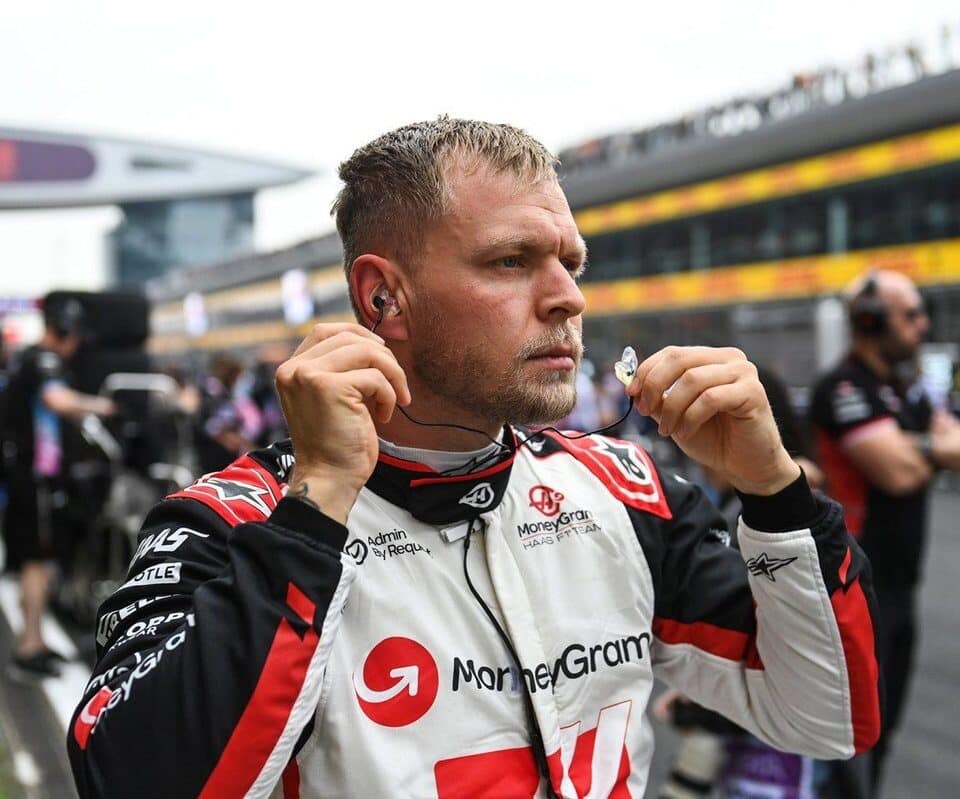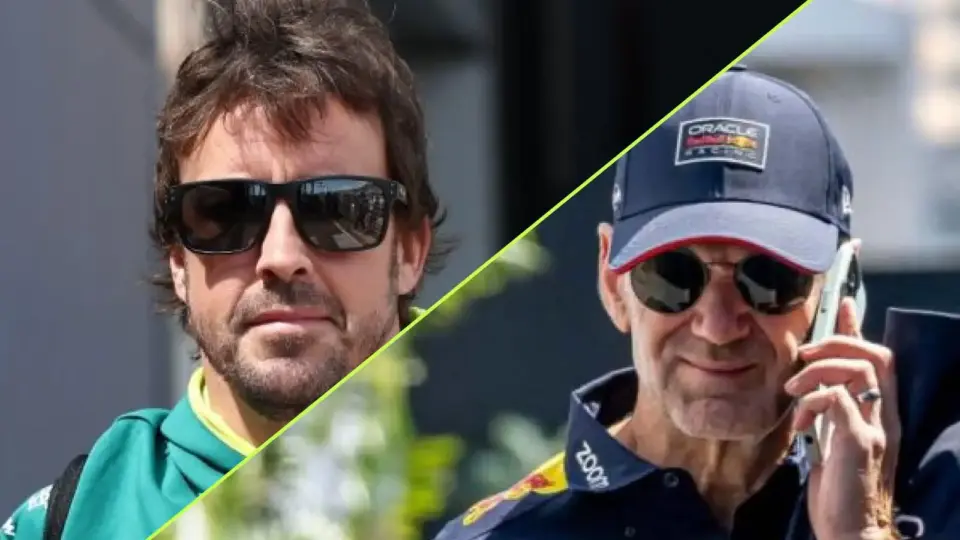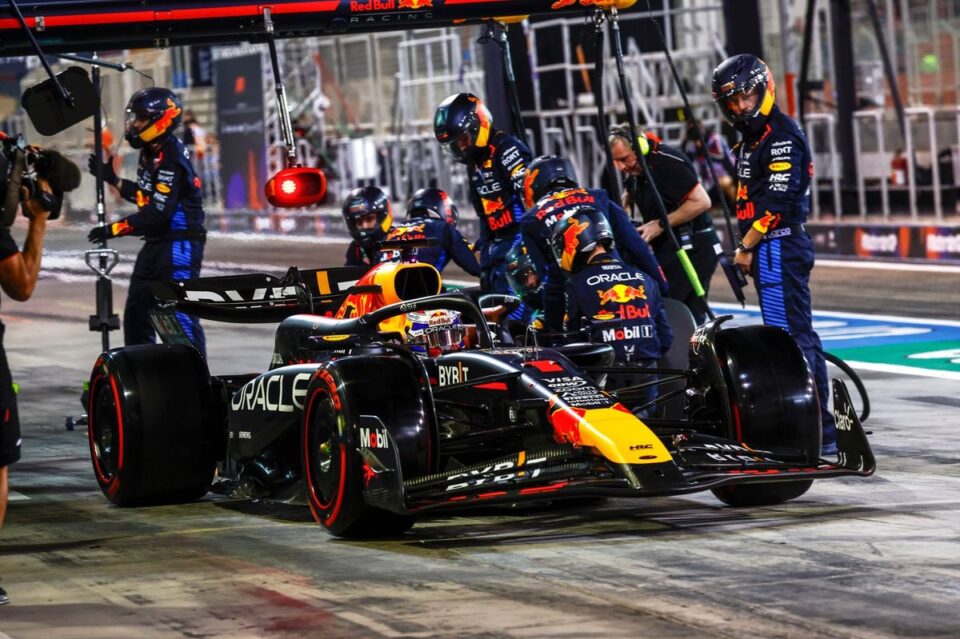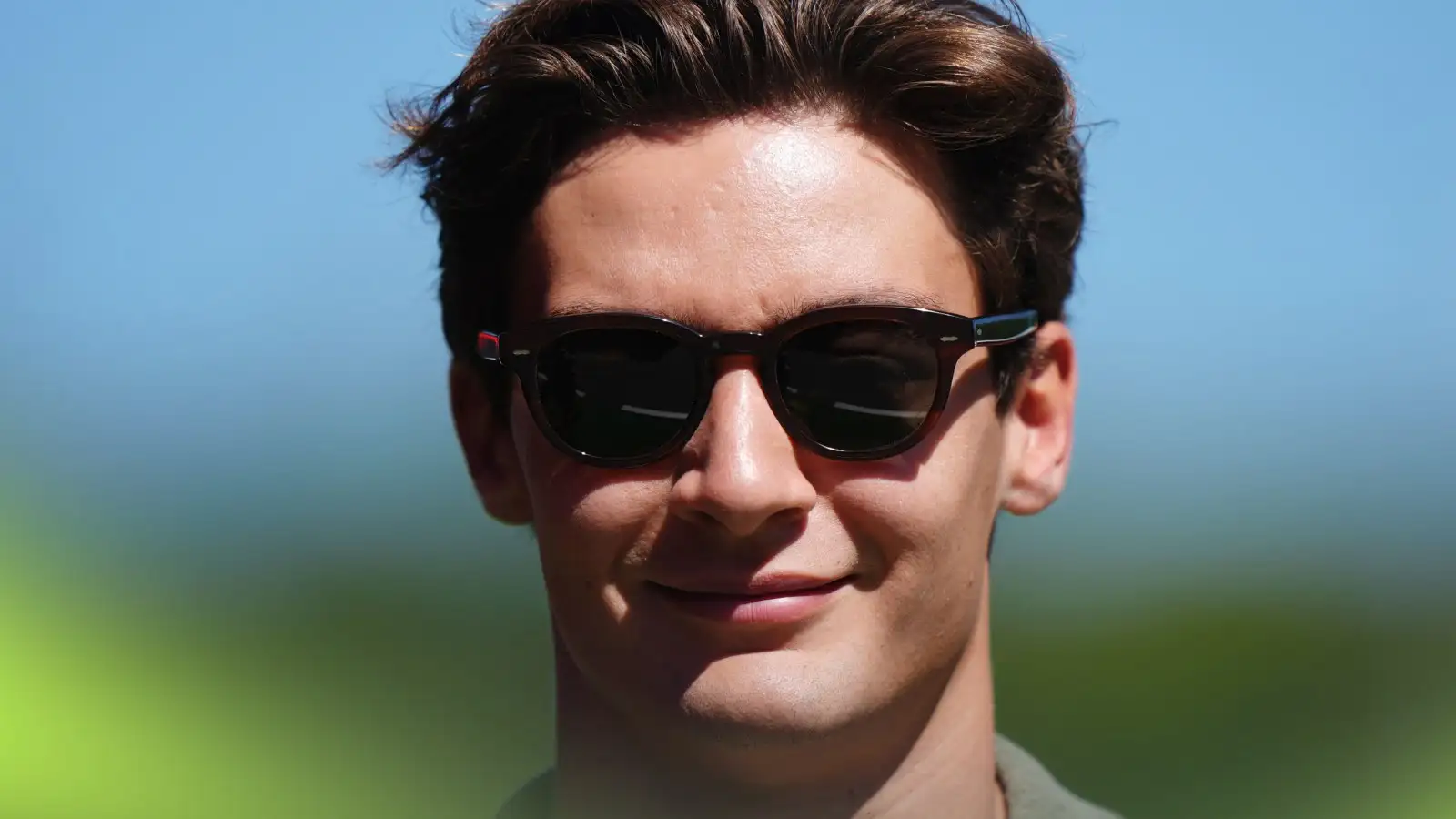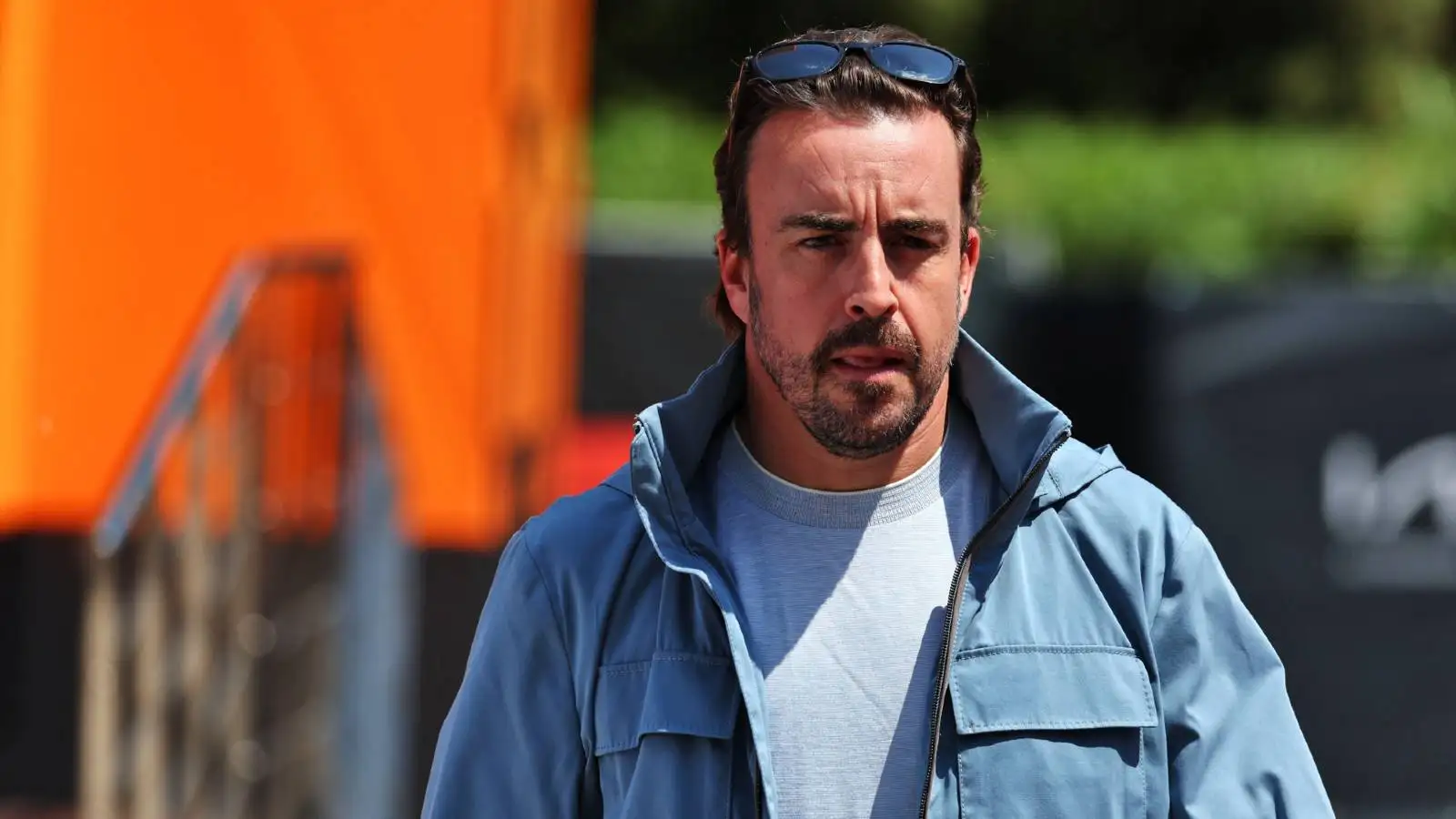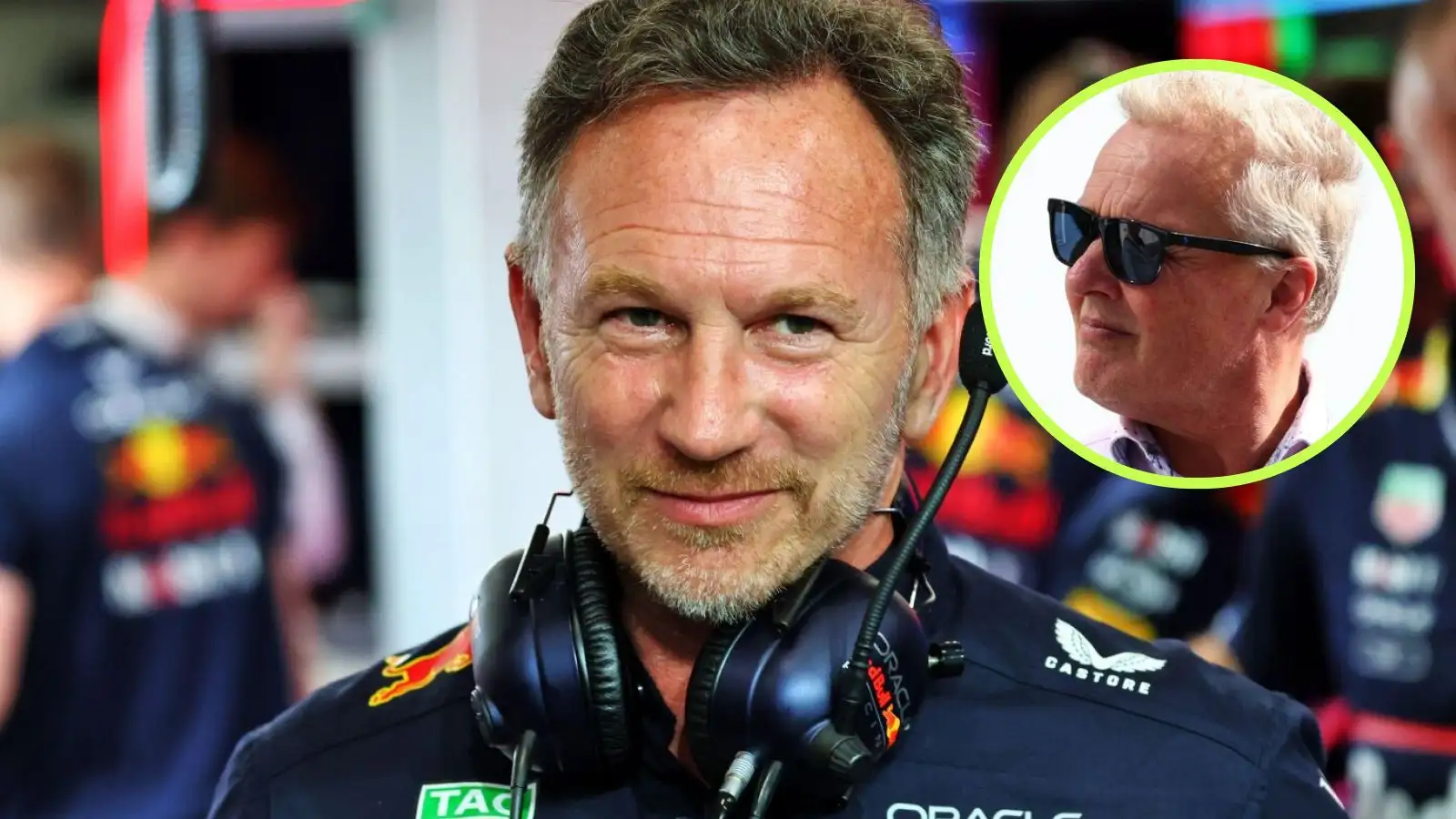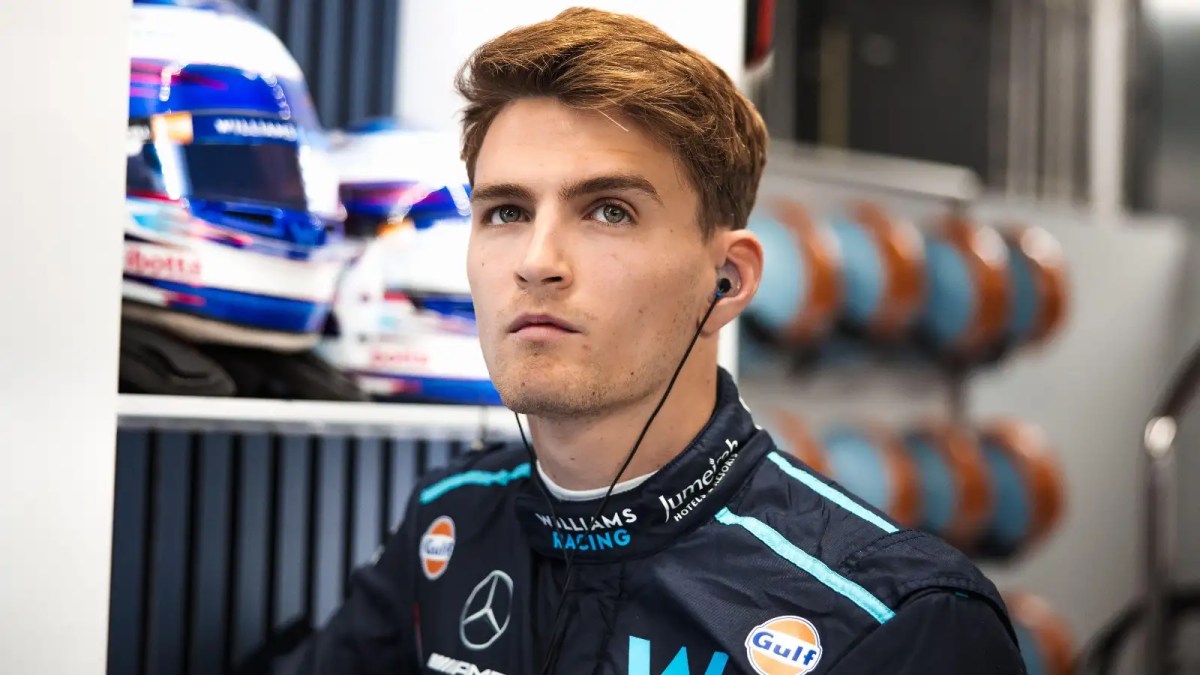Kevin Magnussen had high hopes for the 2024 Formula 1 season after a challenging 2023 that saw the Haas team struggling to earn points. Despite these hopes, Magnussen has found the start of 2024 to be the ‘most frustrating’ of his career, even as teammate Nico Hulkenberg has managed to unlock more of the car’s potential.
Last year’s VF-23 car revealed deep issues with tire management during races, despite showing promise in qualifying with Hulkenberg behind the wheel. The drivers had to pin their hopes on luck to finish races with conventional strategies. This season’s car, however, has shown improvement, especially due to the team’s Bahrain test program. The focus was on understanding Pirelli’s tire compounds, which helped Haas fight for minor point placements.
But the spotlight remains on Hulkenberg, who has balanced qualifying and race performance well, often scoring points—crucial for a lower-ranked team. Meanwhile, Magnussen has struggled to match Hulkenberg’s qualifying pace, which in turn compromises his race performance. His defensive driving has received mixed reviews, but better qualifying results might render such efforts unnecessary.
Magnussen’s own description of the season’s start as the worst of his career speaks volumes. In the past, he’s managed to extract performance from less competitive machinery, but now he finds himself unable to utilize the more competitive package adequately. He admits to a persistent uphill struggle, acknowledging that they have a strong package that isn’t clicking for him yet.
Beyond the occasional role of supporting Hulkenberg, Magnussen’s Monaco crash with Sergio Perez and his defensive maneuvers in Miami mark notable points in his season. His efforts have at least earned him a point in Australia, contributing to Haas’s first double-points finish since Austria 2022. Yet, he’s been eliminated in Q1 four times this season compared to Hulkenberg’s four Q3 appearances.
Magnussen is introspective about his shortcomings, refusing to blame luck for his poor performances. He knows there’s something within himself that needs addressing. Qualifying sessions highlight key differences: Hulkenberg’s smooth, calculated efforts contrast with Magnussen’s more inconsistent approach. In China, Hulkenberg’s use of lower gears and throttle control netted time gains, while Magnussen’s over-ambitious braking in the final corners cost him dearly.
Consistency could be Magnussen’s key to matching Hulkenberg. He demonstrates better corner speed but often loses time due to isolated errors. The pressure mounts as the driver market intensifies, with Haas considering Esteban Ocon and Oliver Bearman for future seats. The upcoming Canadian Grand Prix presents an opportunity, albeit a challenging one given Magnussen’s limited success at the Circuit Gilles Villeneuve.
However, continuity might be Magnussen’s ally, as Haas values it. To secure his future, he needs to match Hulkenberg in qualifying and consistently challenge for top-10 finishes while managing his racecraft to avoid penalties. This will be crucial for Magnussen to remain relevant in F1 beyond 2024.
Magnussen’s journey to secure his Haas seat faces significant hurdles. Matching Hulkenberg’s performance and minimizing errors will be vital in retaining his position. As the season progresses, every race will be a crucial opportunity for Magnussen to prove his worth.
Source: Motorsport
